The modern glass cube of the Museion in Bolzano sits confidently facing the river, two pedestrian bridges snaking away from it, a contrast to the nondescript apartment buildings on either side. I visited the Museion when I was in South Tyrol in September, curious to see what a modern art museum was doing in this traditional Italian town in the Alps.
The Museion Museum
The Museion Museum of Modern Art reminded me very much of the Arnolfini centre for contemporary arts that sits beside the harbor in Bristol where I live. It’s a place that specializes in those conceptual art exhibitions that you go and see out of curiosity, to have a good laugh at the latest outlandish concept that is on show in the name of art.
Last time I was at the Anolfini, a whole gallery was flooded with a few inches of water, with slabs of what looked like tree trunks for you to cross the room. Then there was the performance of silent dancing, when the audience and performers wore headphones and the dancers shuffled and twisted their way around the room, seemingly in silence if you didn’t have the benefit of the headphones. But is it Art? Perhaps, but not as we know it!
Short history of the Museum
At Museion, I met up with Sarah Greenwood, the English born Head of Marketing who told me how the Museion had caused quite a bit of local controversy when it was built in 2008 by Berlin architects KSV. “Couldn’t a local architect have been found?” asked the locals, and “how will this modern building fit with the older, more traditional buildings of Bolzano?”.
In a town that was once part of Austria, now part of Italy, it’s always a challenge to integrate the two cultures, so the two curving bridges across the river were built at the same time, to link the older German influenced part of town with the newer, Italian neighborhood on the other side of the river.
The exhibit space
Sarah told me how the Museion aims to be a catalyst for change, which is sometimes hard work in a conservative area and so the space is designed for locals to come in and get to know the Museion. The ground floor “Passage'” is an open space with light flowing from the glass fronts on each side of the building. It is designed to create a community and exhibition space where local groups can meet with courses, events and exhibitions being held here.
On Thursday evenings, the façade that faces the river shows video art projections with the sound coming from speakers built into the benches outside, so that you can come with a picnic or glass of wine to enjoy the show.
If, like me, you are appreciative but not especially knowledgeable about the art world, you might need to understand the distinction between Contemporary Art – the work of living artists from the 1950s onwards, and Modern Art – the work of artists from 1900 to the 1950s.
Contemporary Art
If visiting Museion, you might also need to suspend any belief that Art is designed to be beautiful, to please the eye, to deliver a sigh of pleasure. In contrast, the Contemporary Art that Museion presents is conceptual in nature. That is to say that it aims to express what the artist feels or perceives and to provoke in you, the audience, some kind of emotion; happiness, curiosity, even disgust.
All of which means that it may challenge your concept of what Art is or should be. Understandable then, that the locals sometimes wonder if their tax-payer’s money is being well spent. But as Sarah told me, “Sometimes the people of Bolzano don’t realize that they can come here to see the top contemporary artists in the world who have shown in The Tate Modern in London or MoMA in New York”.
Minimalist Art
On the first floor of Museion when I visited was an exhibition of minimalist art “When now is minimal”, featuring pieces from the Goetz collection in Berlin, put together by an individual art collector, Mrs Ingvild Goetz. The idea of minimalist art is that it does not evoke anything but itself – what you see is what you see.
One of the most extreme examples of this was by Chinese artist Ai Weiwei; “Tea cube” was a brown pressed cube, a couple of feet square made of pressed tea. Mmm, while I like a nice cup of tea, I’m not quite sure about that as a piece of art.
Since the artist has been targeted by the Chinese government for his political views, I did have some affinity with the more attractive art-work named “Colored”, a row of colored vases on a shelf. To the untrained eye, these may look like brightly painted pots on a shelf. In fact they are Ming vases which have been painted with layers of colored emulsion paint. You see, it’s all about what’s going on inside and outside, what’s being covered up.
In a room on its own was the piece by Martin Boyce; “We are resistant, we dry out in the sun (our dreams merge and hang in the air like chlorine vapors)”. The artificial setting of neon palm trees or perhaps sun umbrellas with colored sun loungers was as far from the natural beauty of a holiday postcard as you could get. Ahh, but when did art have to be pretty?
Optical Illusions
Looking a bit like an optical illusion was the painting by Chinese artist, Wang Guangle which mounted on a white wall looked like a dark corridor or hole in the ground, depending on your point of view. I learned that the shaded effect is created by building up layers of paint over time, inspired by the tradition in the artist’s home town of Fujian of building up layers of lacquer each year on your own coffin. Was it coincidence that the resulting painting reminded me of looking into my own grave or perhaps into my future?
Another favorite conceptual artist in the collection is Rosemary Trockel, something of an artistic feminist, her work making a comment on woman’s place in society or in the art-world itself. A giant red knitted panel 3 meters square, mounted on the wall was called “Old Friend”, but the piece de resistance was a white square with black circles, which on closer inspection turned out to be the artist’s interpretation of an electric hot-plate. Is the art-world sexist? Why can’t the everyday objects from womenkind’s experience be art too?
Installation Art
Upstairs the whole floor was dedicated to an exhibition of Tatiana Trouvé, a French/ Italian artist whose exhibition was entitled I Tempi Doppi exploring the theme of parallel worlds and Deja Vu. The major installation filling half of the open space was called 350 points towards infinity, with metal plumb lines strung at angles from the ceiling to the floor, like bullets frozen in flight. On looking closely, you realize that in an Alice-in-wonderland un-reality, the plum-lines hover mysteriously a couple of inches from the floor, the effect created by magnets hidden under a false floor.
Other works included a twist of metal wire, with light bulbs at either end, going from dark to light. Is good and bad, light and dark just two ends of the same reality?
Then there were those suitcases, just like the ordinary plastic suitcases that our parents used. Only these suitcases are cast from bronze and colored to look like ordinary plastic suitcases. A cord attaches the suitcases to the ceiling where a number of luggage tags hang, 100 tags for 100 years perhaps? There’s only one tag on the suitcase though and it says; The Passing Past 2014, and it lists some everyday objects. A pencil, swimsuit, cushion, mattresses, brushes.
In the corner nearby is a pile of cardboard wrappings, folded up ready for recycling with some cloths that were used to wrap the artworks in transportation. But this is another artwork called “Refolding”, cast in bronze and representing the packaging that gets thrown away after an art exhibition. While I found beauty in the shooting shafts of the 350 points to infinity, I felt that Tatiana was pushing her luck here. As Dolly Parton said, “It costs a lot of money to look this cheap”.
I’ll finish our tour of Museion with a piece that did make me smile and bring out my inner child. A low, red rectangle sculpture on the floor turned out to be a pile of posters – shareable art from Felix Gonzalez-Torres that you are invited to take away. They even provide elastic bands so that you can roll up your poster and take it home. I can imagine that visiting school children are thrilled with the idea of taking a real piece of art home from their local art museum, their parents perhaps less so at having a big red rectangle to put on their living room wall!
If you visit the Museion, you’ll find different artwork and exhibitions from the ones I saw last September, but no doubt as beautiful, extreme and thought provoking as these. Suspend your ideas of what art may be and embrace the experience with an open mind. This is art that will make you laugh, make you puzzled, make you wonder whether it was worth the cost, but that’s the whole point after all.
If you go: Museion, Via Dante 6, 39100 Bolzano / Bozen, Italy. Open daily except Monday 10am-6pm, and 10am-10pm on Thursdays. Check the website to confirm opening times and times of any guided tours. Admission: Adults €7, children free. I highly recommend that you converse with the knowledgeable staff to discover more about the artworks, just so you understand more about the story behind them.
Information, articles and resources for South Tyrol
For more information to plan your own visit, find accommodation and discover all the things to do in South Tyrol, visit the South Tyrol Tourism website and watch videos about the region on their YouTube channel.
My thanks to the South Tyrol Tourism Board for their support* in this trip in collaboration with Travelator Media.
* More info on my policies page
This article is originally published at Heatheronhertravels.com


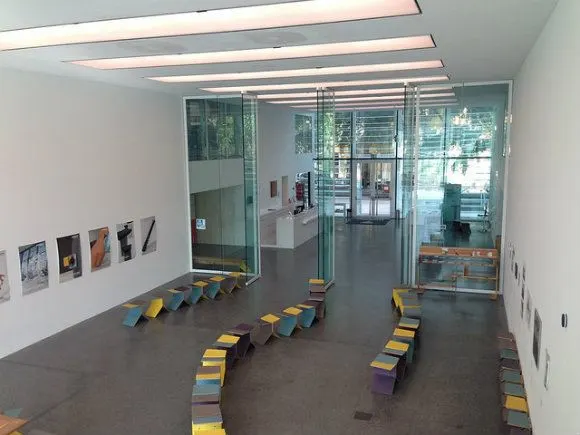
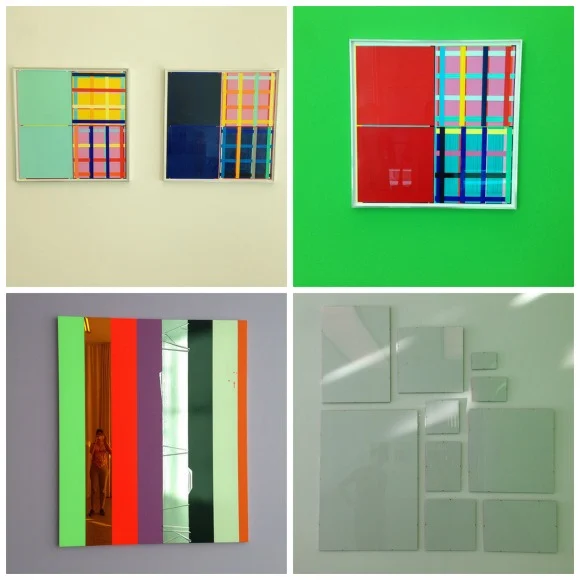
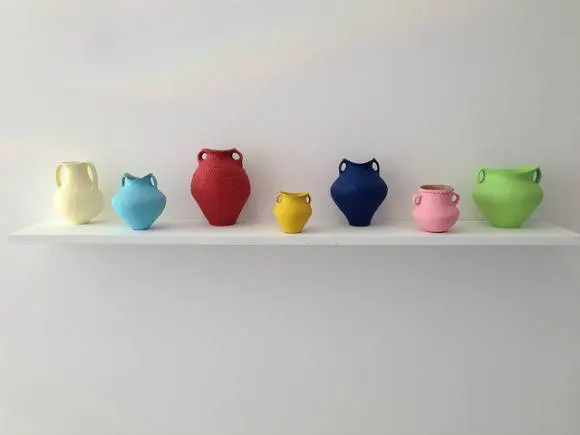
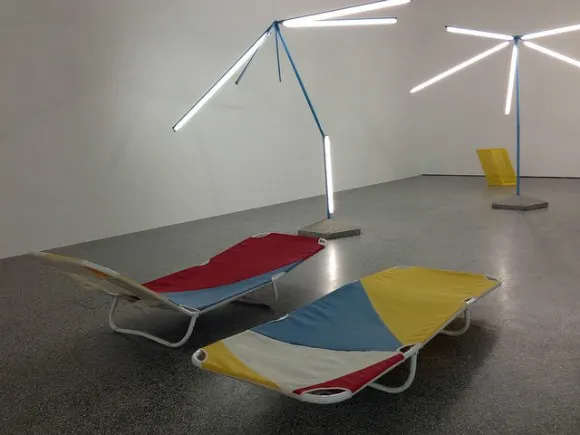
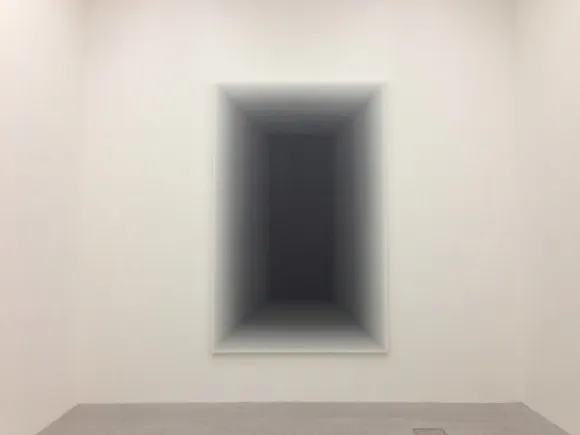
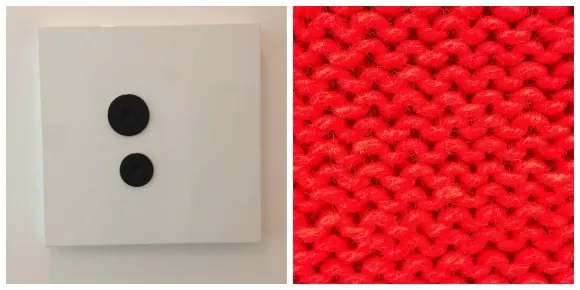
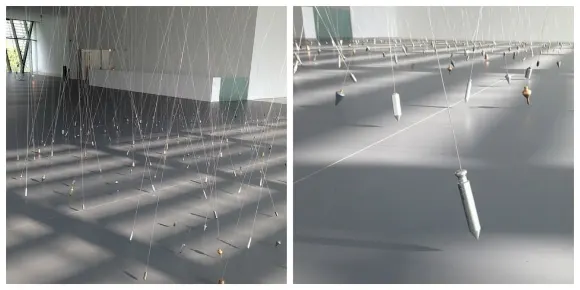
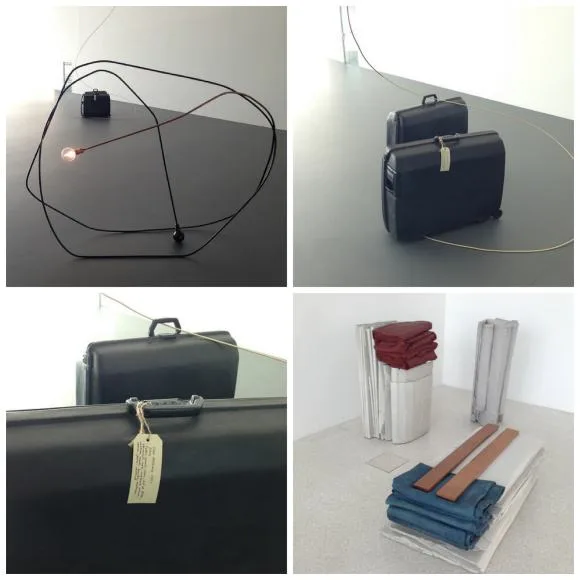
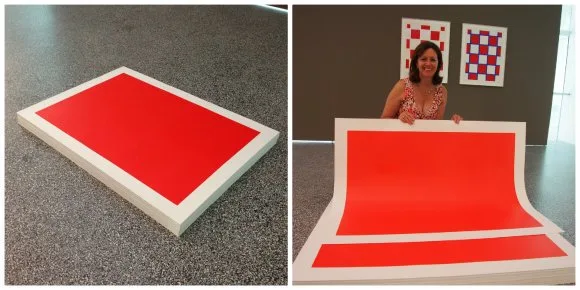

Uptourist
Monday 12th of January 2015
Such a play on colors and lines that it is so good to the eyes. It looks like art to me.
Heather Cowper
Monday 12th of January 2015
@uptourist Yes it's a beautiful building
Abi
Tuesday 6th of January 2015
I went on a fantastic tour of the Reina Sofia in Madrid which completely changed my outlook on installations like these. Some I love, some I hate but at least I find them all a little more interesting now...
Heather Cowper
Tuesday 6th of January 2015
@Abi I found much the same that I could really appreciate some but others didn't do much for me, I think that's entirely the point of conceptual art like this - to provoke some sort of reaction
Kathryn Burrington
Tuesday 6th of January 2015
I must admit, I was not at all convinced when I started reading this post that any of the pieces featured should be called art but as read on I found the background you have given on this very interesting. Then I saw the artwork by Wang Guangle and I love it! I have no idea why, but much to my surprise, I really love it. To me it suggests a doorway into another world or the next exciting stage of a personal journey. Have I finally lost the plot? ;-)
Heather Cowper
Tuesday 6th of January 2015
@Kat glad you enjoyed it, a lot of this art is quite thought provoking once you look behind what you see.
Paul (@luxury__travel)
Saturday 3rd of January 2015
I guess art is in the eye of the beholder. If it's art to you, then who's to say it's not art. Personally I'm not a great lover of a lot of modern art (for insance, I'm not too sure what I feel about that building set amongst lots of traditional architecture), but every now and then there will be something I see that captures my attention in some way or another.
Heather Cowper
Saturday 3rd of January 2015
@Paul It sounds like you are more in the camp that art needs to be beautiful
alison
Friday 2nd of January 2015
I'm with you Heather, you have to suspend everything you know about art when visiting contemporary museums. Once you know the story behind most works, they are usually quite thought provoking-like your example from Al Weiwei. As long as I am stretched-i love stepping out of my comfort zone in the art world.
Heather Cowper
Friday 2nd of January 2015
@Alison Yes, you have to forget about art being beautiful and see it more as an intellectual exercise